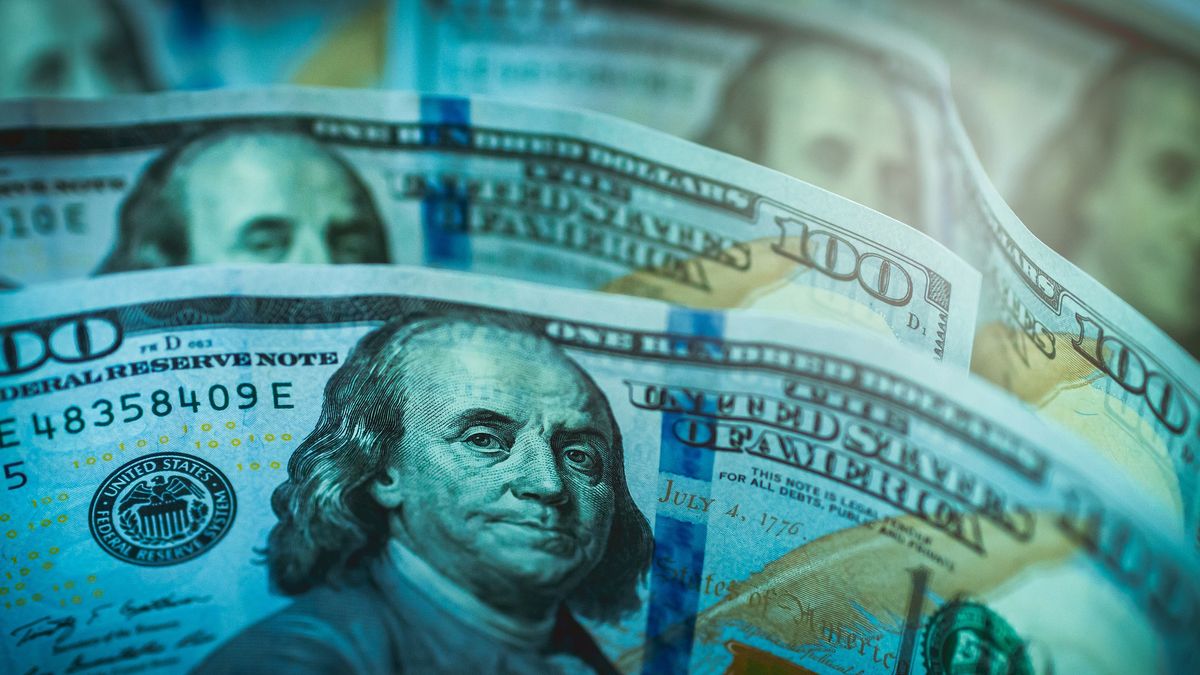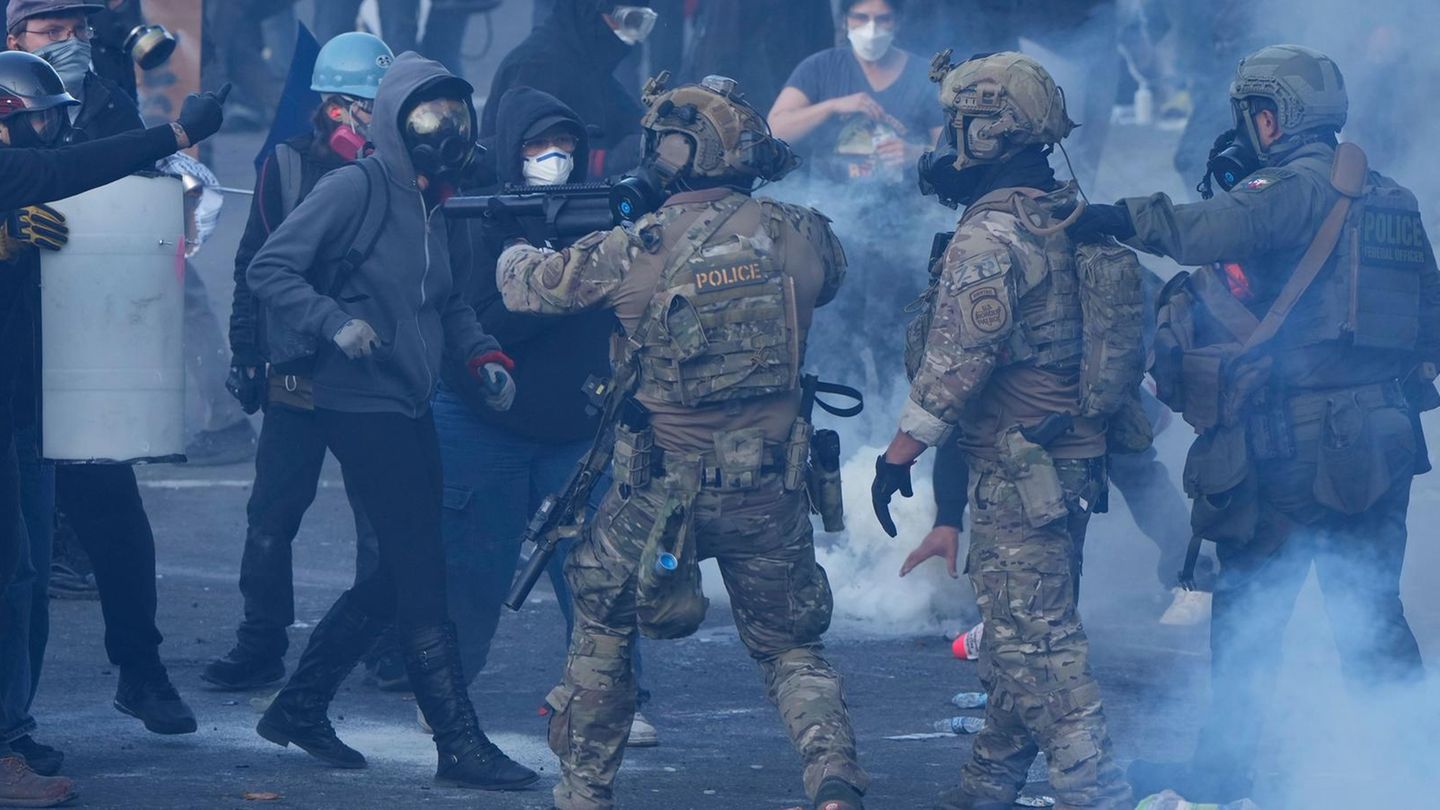As for the causes of the rise in the blue dollar this Thursday 23, Buteler considered that “it is a very particular day, tomorrow there is no work, There were caves that had not worked today, that allowed those that did open to raise the price a little more. There is not in itself a specific reason that today I can find the rise in the dollar of the day of the date “and he assured that “This price of the dollar $ 204 / $ 202 is a normal fluctuation”.
“In this upward trend of the dollar I do not see that now it has hit a jump of, for example, 10% in a week and we turn on all the alarms. It is a normal trend of an asset that has fluctuations and as long as it remains in a certain band. We would have to see how it continues next week, I would not be surprised if it starts $ 2 lower or $ 1 higher ”, he closed in a dialogue with Ámbito.
For his part, the economist Sergio Chouza, argued that “there is a seasonal effect that cannot be ignored, which is greater liquidity, especially in informal segments linked to the payment of Christmas bonuses that in Argentina always determines the deviation of a part for savings “and also stated that another cause is”the improvement of bonuses by way of additional, This year there was not only in the private activity also the national state to pay the salary of the state, the assets of retirees and pensioners, provincial and municipal ”.
This greater volume of pesos available in the market that does not culminate in consumption puts pressure on the informal channels since “it is not a sophisticated investor that is dollarized in the financial system,” added Chouza and also described the movements that occurred in the stock market. “Today there was a very important drop in the segment of Globals with international quotation, closing an implicit MEP in the area of $ 196 / $ 197, there is a considerable gap of 5% with the informal dollar”.
“This situation sets the standard for you that the other side of the coin of the Christmas bonus and bonuses are precisely companies de-dollarizing, selling part of their surplus in dollars and getting pesos; that’s why the financial prices go down ”, he explained.
Regarding the evolution of the informal exchange rate and the macroeconomic analysis, the economist said that “the dollar has been in the area of $ 200 for several months, with which the inflationary effect does its job. If the illegal dollar accompanies inflation in a month with a base of $ 200 it should go to $ 206, which is 3%”. Finally, he mentioned that it is necessary to take into account how the agreement with the IMF ends and if that determines changes in the operation of the exchange market.
Source From: Ambito
David William is a talented author who has made a name for himself in the world of writing. He is a professional author who writes on a wide range of topics, from general interest to opinion news. David is currently working as a writer at 24 hours worlds where he brings his unique perspective and in-depth research to his articles, making them both informative and engaging.




